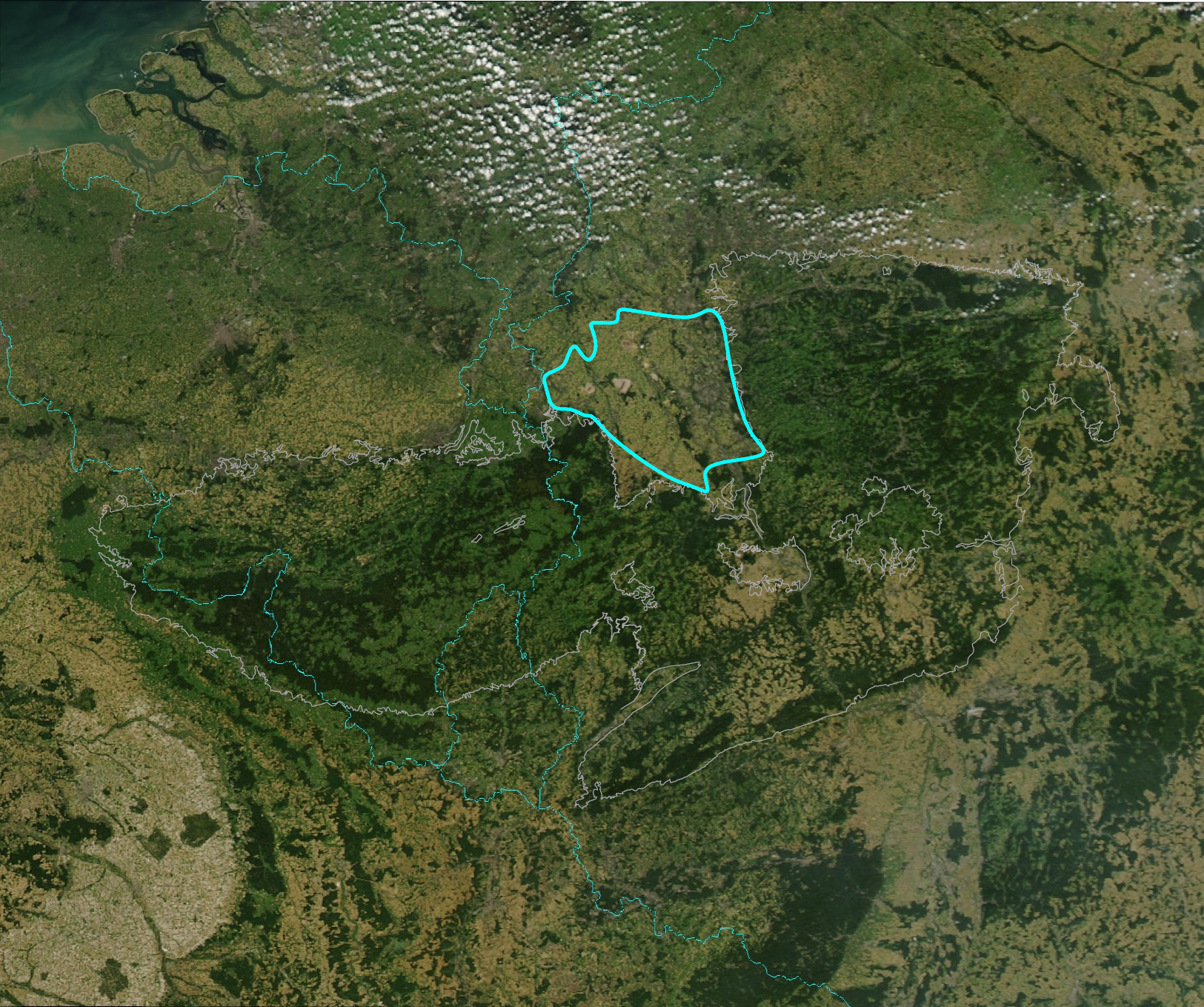Lower Rhine Bay on:
[Wikipedia]
[Google]
[Amazon]
 The Lower Rhine Bay (german: Niederrheinische Bucht), sometimes called the Lower Rhine Bight,Luttig, G.W. (ed.), ''General Geology of the Federal Republic of Germany'', Nagel u. Obermiller, 1980, pp. 29 and 44. is a
The Lower Rhine Bay (german: Niederrheinische Bucht), sometimes called the Lower Rhine Bight,Luttig, G.W. (ed.), ''General Geology of the Federal Republic of Germany'', Nagel u. Obermiller, 1980, pp. 29 and 44. is a
 The Lower Rhine Bay (german: Niederrheinische Bucht), sometimes called the Lower Rhine Bight,Luttig, G.W. (ed.), ''General Geology of the Federal Republic of Germany'', Nagel u. Obermiller, 1980, pp. 29 and 44. is a
The Lower Rhine Bay (german: Niederrheinische Bucht), sometimes called the Lower Rhine Bight,Luttig, G.W. (ed.), ''General Geology of the Federal Republic of Germany'', Nagel u. Obermiller, 1980, pp. 29 and 44. is a lowland
Upland and lowland are conditional descriptions of a plain based on elevation above sea level. In studies of the ecology of freshwater rivers, habitats are classified as upland or lowland.
Definitions
Upland and lowland are portions of p ...
plain
In geography, a plain is a flat expanse of land that generally does not change much in elevation, and is primarily treeless. Plains occur as lowlands along valleys or at the base of mountains, as coastal plains, and as plateaus or uplands ...
in the German state of North Rhine-Westphalia
North Rhine-Westphalia (german: Nordrhein-Westfalen, ; li, Noordrien-Wesfale ; nds, Noordrhien-Westfalen; ksh, Noodrhing-Wäßßfaale), commonly shortened to NRW (), is a state (''Land'') in Western Germany. With more than 18 million inha ...
that cuts into the Rhenish Massif. From a natural region
A natural region (landscape unit) is a basic geographic unit. Usually, it is a region which is distinguished by its common natural features of geography, geology, and climate.
From the ecological point of view, the naturally occurring flora and ...
perspective it is a major unit group which includes the Cologne Lowland
The Cologne Lowland,Dickinson 1953, 35, 461–64, 466–73.Elkins 1968, 229. also called the Cologne Bay or, less commonly, the Cologne Bight (german: Kölner Bucht), is a densely populated area of Germany lying between the cities of Bonn, Aachen ...
around the city of Cologne
Cologne ( ; german: Köln ; ksh, Kölle ) is the largest city of the German western state of North Rhine-Westphalia (NRW) and the fourth-most populous city of Germany with 1.1 million inhabitants in the city proper and 3.6 millio ...
as well as the land lying to the west and, in a clearly narrower strip of land, to the east of the central Cologne plain. That said, the term "Cologne Bay" or "Cologne Bight" is occasionally used, ''pars pro toto
''Pars pro toto'' (, ), , is a figure of speech where the name of a ''portion'' of an object, place, or concept is used or taken to represent its entirety. It is distinct from a merism, which is a reference to a whole by an enumeration of parts; ...
'', for the entire region.
The Lower Rhine Bay covers an area of 3,584.4 km².Meynen, E. and Schmithüsen, J., '' Handbuch der naturräumlichen Gliederung Deutschlands.'' Bundesanstalt für Landeskunde, Remagen/Bad Godesberg, 1953–1962 (9 issues in 8 books, updated map at 1:1,000,000 scale with major units, 1960).
Location and boundaries
The Lower Rhine Bay is bordered to the east by the Berg Plateaux (''Bergische Hochflächen''), the western slopes of theSüder Uplands
The Süder UplandsBergisches Land
The Bergisches Land (, ''Berg Country'') is a low mountain range region within the state of North Rhine-Westphalia, Germany, east of Rhine river, south of the Ruhr. The landscape is shaped by woods, meadows, rivers and creeks and contains ...
. To the south, are the Lower Middle Rhine
Between Bingen and Bonn, Germany, the river Rhine flows as the Middle Rhine (german: Mittelrhein) through the Rhine Gorge, a formation created by erosion, which happened at about the same rate as an uplift in the region, leaving the river a ...
region including the Pleiser Hills, Siebengebirge
The (), occasionally Sieben Mountains or Seven Mountains, are a hill range of the German Central Uplands on the east bank of the Middle Rhine, southeast of Bonn.
Description
The area, located in the municipalities of Bad Honnef and König ...
and Lower Middle Rhine Valley, to the southwest is the Eifel.
To the north, the loess strip forms the boundary with the Lower Rhine Plain.
The surface of the landscape is flat or gently rolling and divided by tectonically-formed ridges and valleys that mainly run from southeast to northwest. Characteristic of the area is the blanket of loess west of the Rhine deposited by the prevailing westerly winds from the Meuse
The Meuse ( , , , ; wa, Moûze ) or Maas ( , ; li, Maos or ) is a major European river, rising in France and flowing through Belgium and the Netherlands before draining into the North Sea from the Rhine–Meuse–Scheldt delta. It has a t ...
gravels and the heathland east of the river which is covered with coarse-grained sands.
References